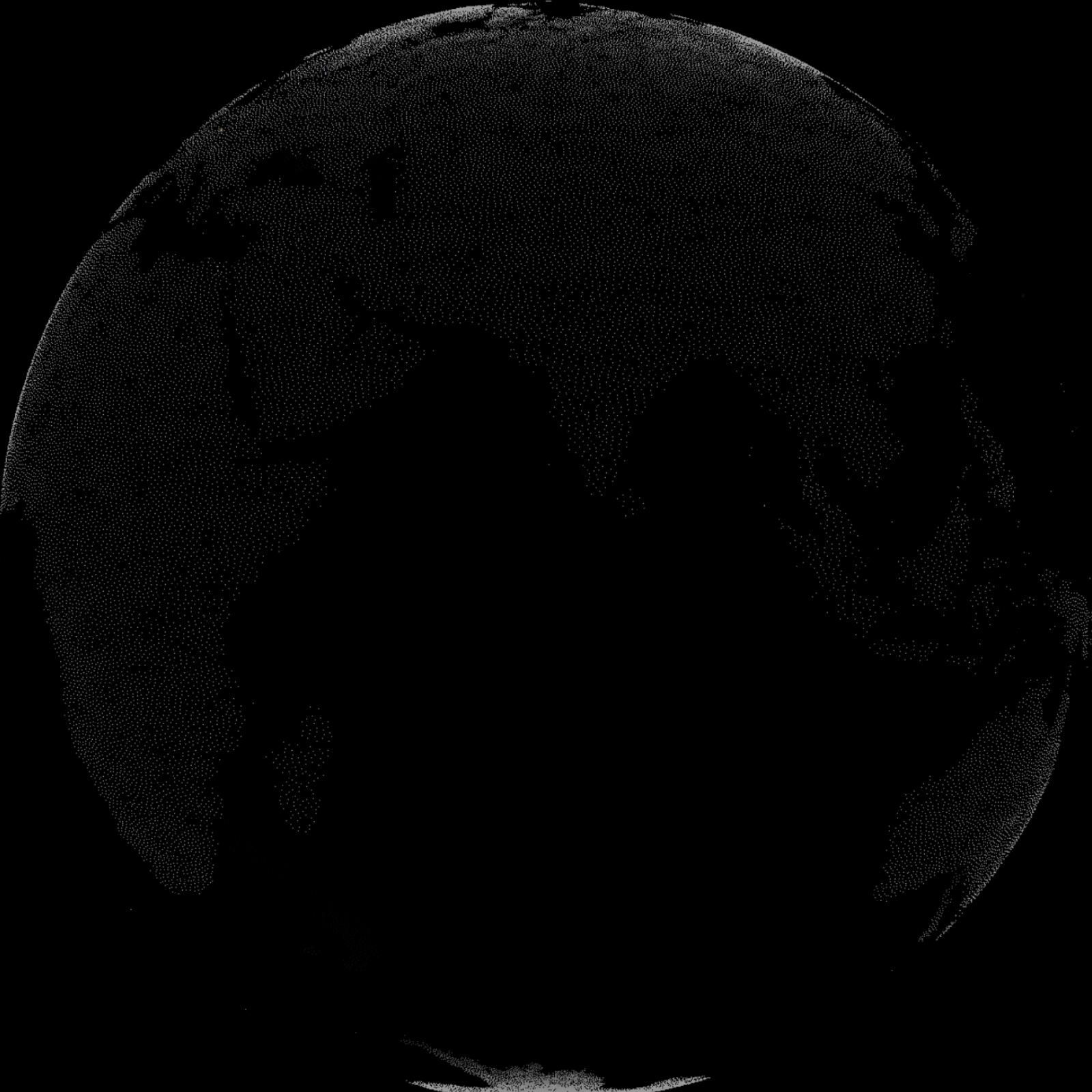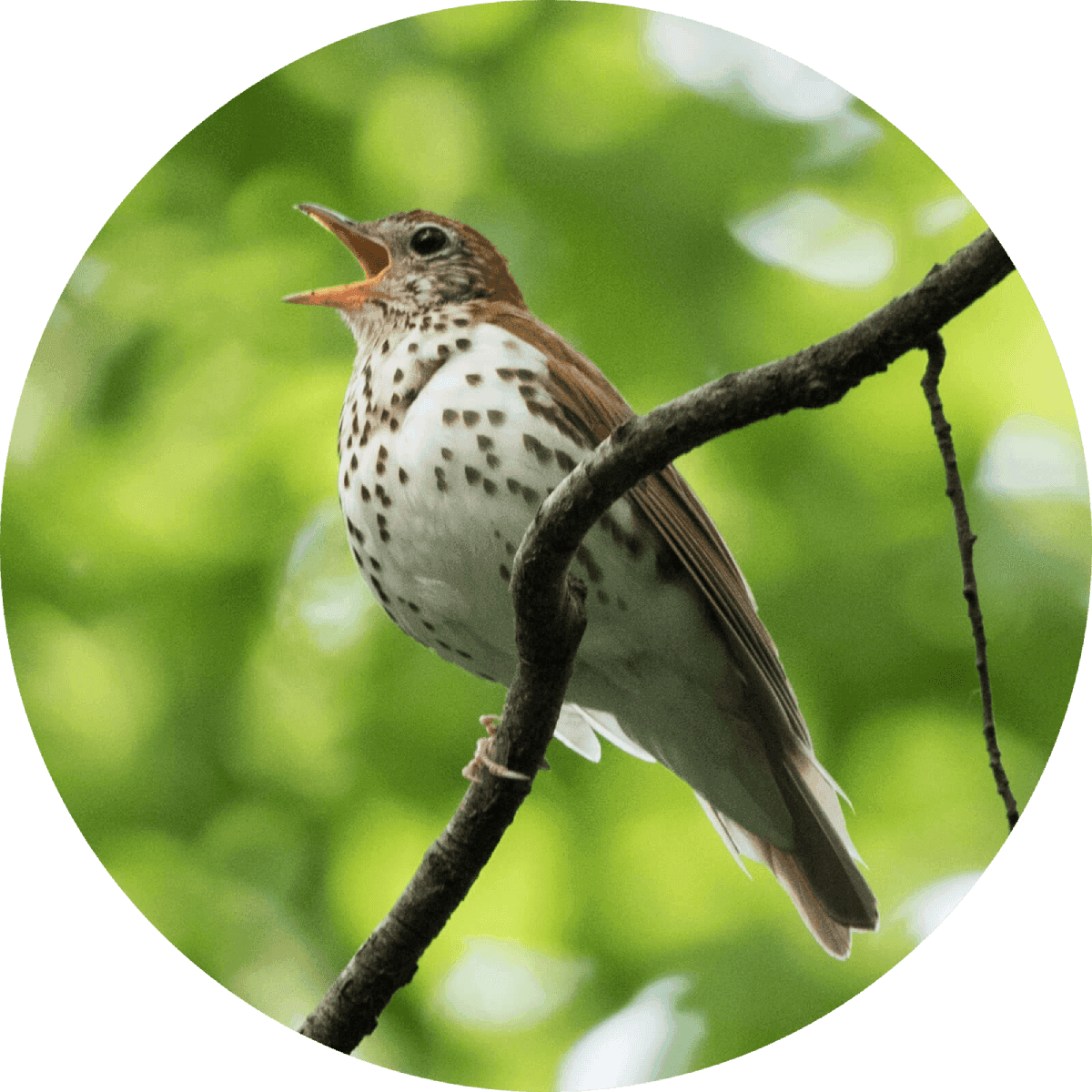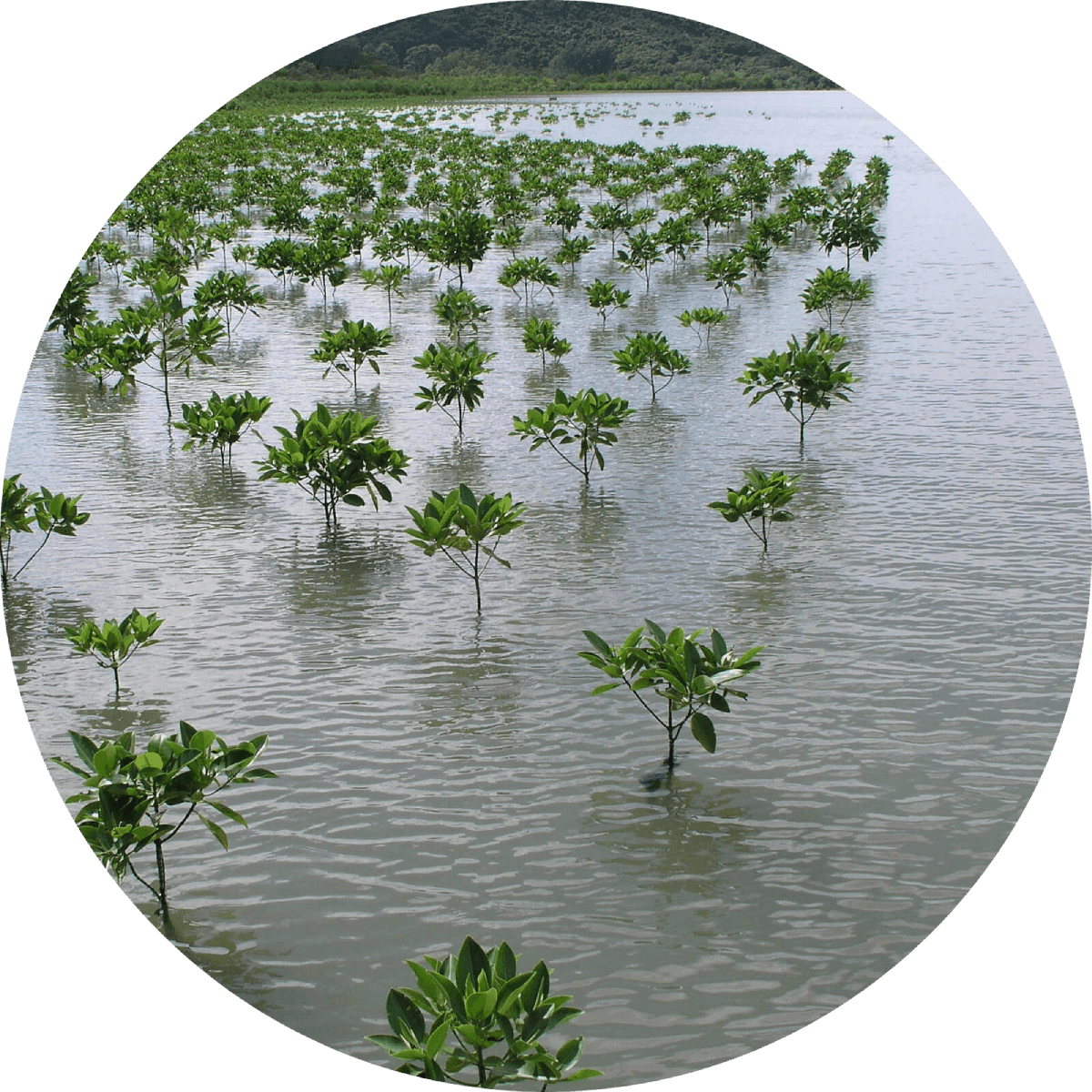"When farmer Julimar Pansera purchased land in Brazil's interior seven years ago, it was blanketed in tiers of fruit trees, twisted shrubs and the occasional palm standing tall in a thicket of undergrowth. He mowed down most of that vegetation, set it ablaze and started planting soybeans. Over the past decade, he and others in the region have deforested an area larger than South Korea. Permissive land-use policies and cheap farm acreage here have helped catapult Brazil into an agricultural superpower, the world's largest exporter of soy, beef and chicken and a major producer of pork and corn. This area has also lured farmers and ranchers away from the Amazon jungle, whose decline has spurred a global outcry to protect it. The tradeoff, environmentalists say, is that while Brazil has slowed destruction of the renowned rainforest from its worst levels, it has put another vital ecological zone at risk: a vast tropical savanna that is home to 5 percent of species on the planet."
“We’re not talking about slowing down deforestation because pretty much there isn’t anything else to cut down,” Peres said. “All of the attractive forests have already been hammered.” Peres called for ramped-up restoration efforts throughout the Atlantic Forest. Restoration can be costly, requires the will of political leaders, and can have mixed results. Still, it’s worth the effort, Peres said. “This is the right time to start clawing back those bits of nature,” he said. “If you create the habitat, the animals will come.”
Patagonia Park in the Aysén region of Chile "now has a population of 74 individual rheas. Although this flightless bird, similar to the ostrich, is an iconic species of the Patagonian steppe, in the Aysén region it had nearly become extinct over the last century due to excessive hunting, canine predation, the destruction of nests and the collection of eggs for human consumption. In 2015, Tompkins Conservation opened the only center dedicated to recovering the species in South America.
"In the past decade, the expansion of agribusiness has submitted the forests of northern Argentina to their largest and most accelerated destruction on record. Private security guards and the police have evicted thousands of people from their homes while bulldozers obliterated millions of trees with one purpose in mind: to create soy fields. "
"The Mapuche people are angry. We feel like they have enslaved our land. It's as if someone came into your house without asking. "They have contaminated everything,"
Golden lion tamarin numbers reach 1,600. “Golden lion tamarins are small and striking Brazilian monkeys (Leontopithecus rosalia). They were thought extinct until the 1970s, when 200 were discovered in the Atlantic coastal forest of Brazil. A concerted conservation effort and captive breeding programme, assisted by international organizations, has paid off. The monkey has now been reintroduced to 17 forest fragments and 1200 or more now live in the wild.”
"In general, harmful human actions have decimated or have been reducing the populations of of the Rhea throughout its area of occurrence, mainly in the northeast, central Brazil. In addition to intensive hunting, activities include burning, habitat destruction, elimination of eggs by agricultural machinery during preparation of the soil for planting and use of pesticides in cultivated areas. In Minas Gerais, there are isolated populations, the species being classified as vulnerable. Globally, the rhea is classified as almost threatened by the IUCN. "
"There's no stopping this town. We won't back down now . . . "Clean air, clean water! No to the paper companies!"
"The wood that Portugal took from the Northeast of Brazil...to build or repair its convents, its churches, its palaces, all its voluptuous architecture, to build its boats and its ships, forms a chapter in the history of the economic exploitation of Brazil by the Metropolis [...] that one day needs to be written slowly and thoroughly."
About 23,800 km² of the remaining Atlantic Forest in Brazil is officially under strict protection...in 224 protected areas – 108 national and state parks, 85 federal and state biological reserves and 31 federal and state ecological stations and reserves. The private reserve system in the Brazilian Atlantic Forest is also quite extensive, totalling 702 and covering almost 1,360 km².
"Free ranging populations of these birds have declined drastically due to human activities...The main causes of these reductions are habitat loss, egg gathering, and predation. Adult rheas have only two known predators: felids and humans, who in the last decades have become the main rhea predator, hunting them for their meat and feathers or for sport purposes. "
"Chaco vegetation before colonization has been described as having consisted of parkland comprising a patchwork of low forests and grasslands, with stands of palm trees in the lower-lying and wetter eastern zone. The aridity of the western and southwestern zones is reflected in the landscape, which includes cacti and thorny leguminous species. Unlike other regions on the same latitude, where similar ecological conditions prevail, the Chaco has not been transformed into a desert of dunes...this is due largely to the hardwood trees that predominate in the forested areas."
“Covering 3,440,000 hectares, the KINP is Bolivia’s largest protected area and the largest tropical dry forest protected area in the world. It is also the only national park in South America created as a result of the initiative of an indigenous people and the only one in which a Native American organization shares fundamental administrative responsibilities with the government.”
"The river that bent back behind our house was the image of a piece of soft glass that bent back behind our house. Later a man passed through and said: That bend in the river back behind your house is called a slough. It was no longer the image of a glass snake that bent back behind the house. It was a slough. I think the name impoverished the image."


Learn about Maya Lin’s fifth and final memorial: a multi-platform science based artwork that presents an ecological history of our world - past, present, and future.

Discover ecological histories and stories of former abundance, loss, and recovery on the map of memory.

Learn how we can reduce our emissions and protect and restore species and habitats – around the world.

See how art can help us rethink the problems we face, and give us hope that each one of us can make a difference.

Help make a global memorial something personal and close to home. Share your stories of the natural world.